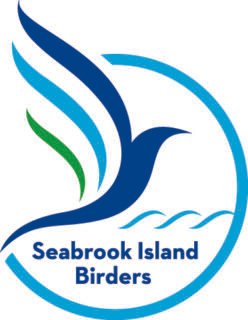The Tricolor Heron can range in size from 25-30″ (64-76 cm). W. 3’2 (97 cm). Dark blue upperparts contrast with white belly and white stripe up fore neck. Base of bill and bare face skin are yellowish at most seasons, bright blue in breeding season. Slender shape makes this species look even longer-billed and longer-necked than most herons.

The Tricolor Heron mostly eats small fish, Crustaceans, Amphibians and insects. They are skilled at stalking, chasing, and standing-and-waiting to capture small fish. Before striking, they draw in their neck and crouch down so low that their belly often touches the water. They also bend forward and push their wings over their head to entice fish to enter the shade provided by their wings.
Tricolored Herons are colonial nesters, often nesting with other herons and egrets. They typically breed on islands or higher ground with dense vegetation. Males tend to pick a spot in a shady and dense tree or shrub up to 13 feet above the ground or water.
Nesting Facts
| Clutch Size: | 3-5 eggs |
| Number of Broods: | 1 brood |
| Egg Length: | 1.6-1.8 in (4-4.6 cm) |
| Egg Width: | 1.2-1.3 in (3-3.3 cm) |
| Incubation Period: | 21-24 days |
| Nestling Period: | 17-21 days |
| Egg Description: | Pale greenish blue. |
| Condition at Hatching: | Covered in down with eyes partly open. |


Published by Melanie Jerome
Photographs provided by: Patti Romano and Unknown
Research from All About Birds and Audobon Field Guide
This blog post is part of a series SIB will publish on a regular basis to feature birds seen in the area, both migratory and permanent residents. When possible we will use photographs taken by our members. Please let us know if you have any special requests of birds you would like to learn more about.

